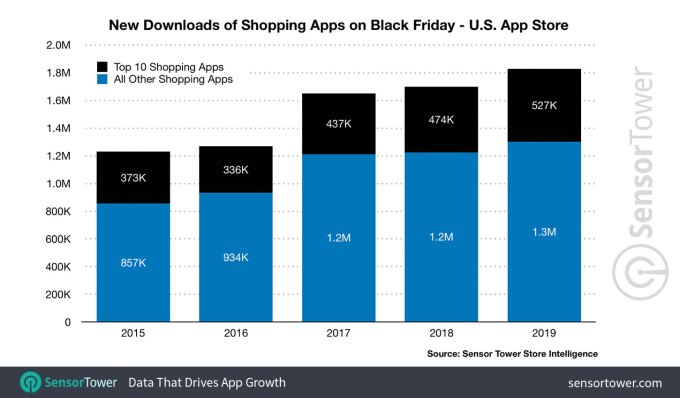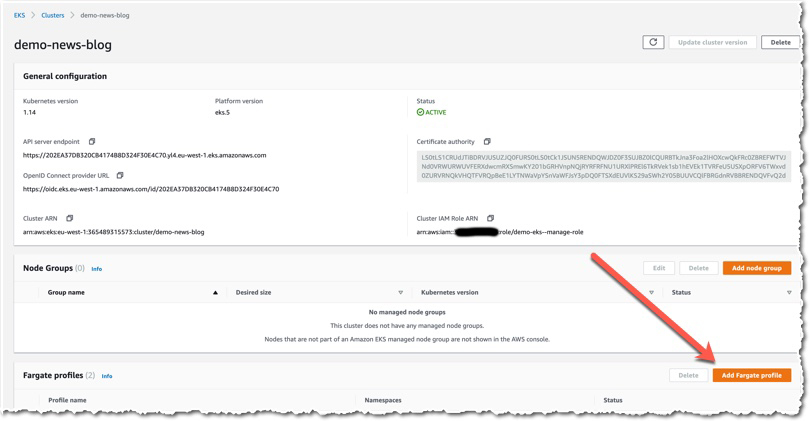Six months ago, Ford laid out an ambitious plan to expand its GoRide Health transportation service with an aim at delivering thousands of rides every day to hospitals, doctor offices and other health care facilities by the end of the year. In a few weeks, the service, which provided transportation for non-emergency care, will no longer exist — at least in its current form.
GoRide Health is pivoting. The automaker will shut down GoRide Health services in five cities in which it currently operates, including Detroit as well as Toledo, Dayton, Cleveland and Cincinnati, Ohio. The company will now concentrate its efforts on Miami, where it has yet to launch, with a focus on autonomous vehicles.
Ford wouldn’t provide details on what the service in Miami might look like, except that it’s a pilot project that will research how transporting people for non-emergency care like doctor’s appointments matches up with its go-to-market strategy for autonomous vehicles.
Ford has advised its customers and suppliers that the mobility services delivered by GoRide Health over the past two years will move to the next phase by aligning operations with its AV launch cities, a Ford spokesperson said in a email.
The Ford spokesperson said the planned Miami pilot will help the automaker better understand the role AVs can play in this “important transport sector.”
“Our learnings from GoRide Health have led to a shift in strategy,” Ford said in an emailed response to TechCrunch. “We are moving to test the potential for AV technology to help improve access to transportation for those with limited mobility.”
Ford is pursuing two parallel tracks in its development of autonomous vehicles, which will eventually combine ahead of a commercial launch. The automaker is testing and homing in on what its AV business model might look like, while separately developing autonomous vehicle technology.
Argo AI, the Pittsburgh-based company into which Ford invested $1 billion in 2017, is developing the virtual driver system and high-definition maps designed for Ford’s self-driving vehicles. Meanwhile, Ford is testing its go-to-market strategy through pilot programs with partners like Walmart, Domino’s and Postmates, and even some local businesses.
The decision to close GoRide Health lies in stark contrast to Ford’s plans just a few months ago.
In May, Ford announced a multi-year expansion plan that would see the business expand in 2019 from Detroit and Toledo to several other Ohio cities, as well as Miami, Fla. Ford said that the expansion would continue in 2020 with GoRide offering services in North Carolina, Louisiana, Texas and California.
Ford touted its approach at the time, noting that the service had “spent more than a year perfecting its operations and customer experience in Southeast Michigan” before deciding to expand. The company also pointed to GoRide Health’s reputation for its 95% on-time rate through the first quarter of the year, a statistic that attracted the attention of large managed-care organizations.
The planned expansion wasn’t just geographic. GoRide Health was going to assist city transit agencies, beginning with the Greater Dayton Regional Transit Authority (RTA) in Ohio. The aim was to give residents access to transportation via the RTA’s Connect Paratransit and on-demand programs.
The decision to end the services and change its strategy was made recently and timed with supplier contract extensions. It’s being shuttered despite Ford’s contention that the service was well-received and achieved high on-time rates thanks to its dynamic routing technology that automatically dispatches and pools rides.







